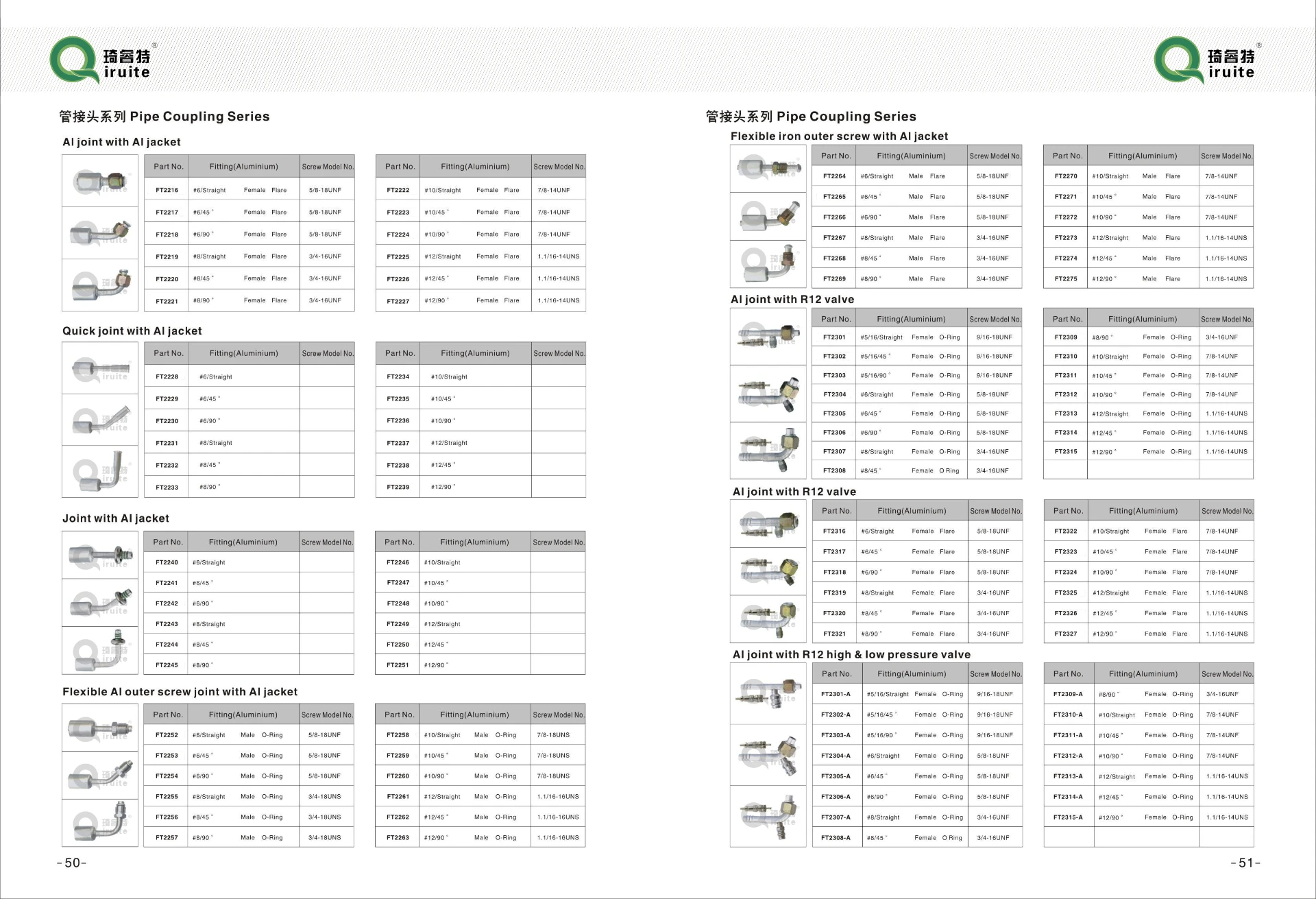changing power steering hose
Changing the Power Steering Hose A Comprehensive Guide
The power steering system is one of the crucial components of a vehicle, facilitating easier maneuverability and enhancing the overall driving experience. A vital part of this system is the power steering hose, which carries hydraulic fluid from the pump to the steering gear, enabling the steering mechanism to function properly. Over time, this hose can wear out, leading to fluid leaks and reduced steering performance. This article provides a detailed guide on how to change the power steering hose, aiming to help car owners undertake this necessary maintenance effectively.
Understanding the Symptoms of a Failing Power Steering Hose
Before diving into the replacement process, it’s essential to recognize the signs of a failing power steering hose. Common symptoms include
1. Fluid Leaks One of the most noticeable signs is fluid pooling under your vehicle. If you notice a reddish-brown fluid beneath the front of your car, it could be power steering fluid.
2. Stiff Steering Wheel If the steering wheel feels noticeably heavier or harder to turn, it may indicate that the power steering system is not receiving adequate fluid pressure due to a compromised hose.
3. Whining Noise A whining or groaning sound when turning the wheel can be an indication of low power steering fluid levels, which can be caused by a leaking hose.
4. Overheating A failing hose might not allow power steering fluid to circulate properly, leading to overheating and potential damage to other components.
Tools and Materials Needed
Before starting the replacement process, gather the following tools and materials
- New power steering hose (ensure it is compatible with your vehicle's make and model) - Wrenches (usually 10mm to 16mm) - Pliers - Fluid catch pan - Power steering fluid - Rags for cleaning - Safety gloves and goggles
changing power steering hose

Step-by-Step Guide to Changing the Power Steering Hose
1. Safety First Ensure the vehicle is parked on a level surface, with the engine off, and the keys removed from the ignition. It’s advisable to disconnect the negative battery terminal to avoid any electrical mishaps while working.
2. Locate the Power Steering Hose Open the hood of your vehicle and locate the power steering pump; the hose is typically connected to it. Familiarize yourself with where the hose runs to the steering gear.
3. Drain the Fluid Place a fluid catch pan underneath the power steering pump. Using wrenches, carefully loosen the fitting on the pump side of the old hose and let the fluid drain completely into the pan.
4. Remove the Old Hose Once drained, follow the hose to its connector at the steering gear. Loosen and remove the fittings on both ends of the hose, using wrenches or pliers as needed. Be prepared for any leftover fluid to spill during this process.
5. Install the New Hose Take the new power steering hose and attach it to the steering gear first, ensuring a proper seal. Use your wrenches to tighten it securely. Next, connect the other end to the power steering pump, again making sure it is tight and secure.
6. Refill Power Steering Fluid After the new hose is installed, refill the power steering reservoir with fresh power steering fluid. Make sure to use the type recommended in your vehicle’s owner's manual.
7. Check for Leaks Reconnect the negative battery terminal and start the engine. Turn the steering wheel from side to side to help circulate the fluid, and watch for any leaks around the new hose connections.
8. Test Drive Take the car for a short drive to ensure everything is functioning correctly. Pay attention to the steering feel and listen for any unusual noises.
Conclusion
Changing the power steering hose is a manageable task for those with even a basic understanding of vehicle maintenance. By recognizing the symptoms of a failing hose and following the steps outlined above, you can ensure the longevity and performance of your power steering system. Regular maintenance checks can help you catch issues before they escalate, ultimately saving you both time and money. Remember, if at any point you feel unsure during the process, consulting a professional mechanic is always a wise decision. Safe driving!
-
Ultimate Spiral Protection for Hoses & CablesNewsJun.26,2025
-
The Ultimate Quick-Connect Solutions for Every NeedNewsJun.26,2025
-
SAE J1401 Brake Hose: Reliable Choice for Safe BrakingNewsJun.26,2025
-
Reliable J2064 A/C Hoses for Real-World Cooling NeedsNewsJun.26,2025
-
Heavy-Duty Sewer Jetting Hoses Built to LastNewsJun.26,2025
-
Fix Power Steering Tube Leaks Fast – Durable & Affordable SolutionNewsJun.26,2025

